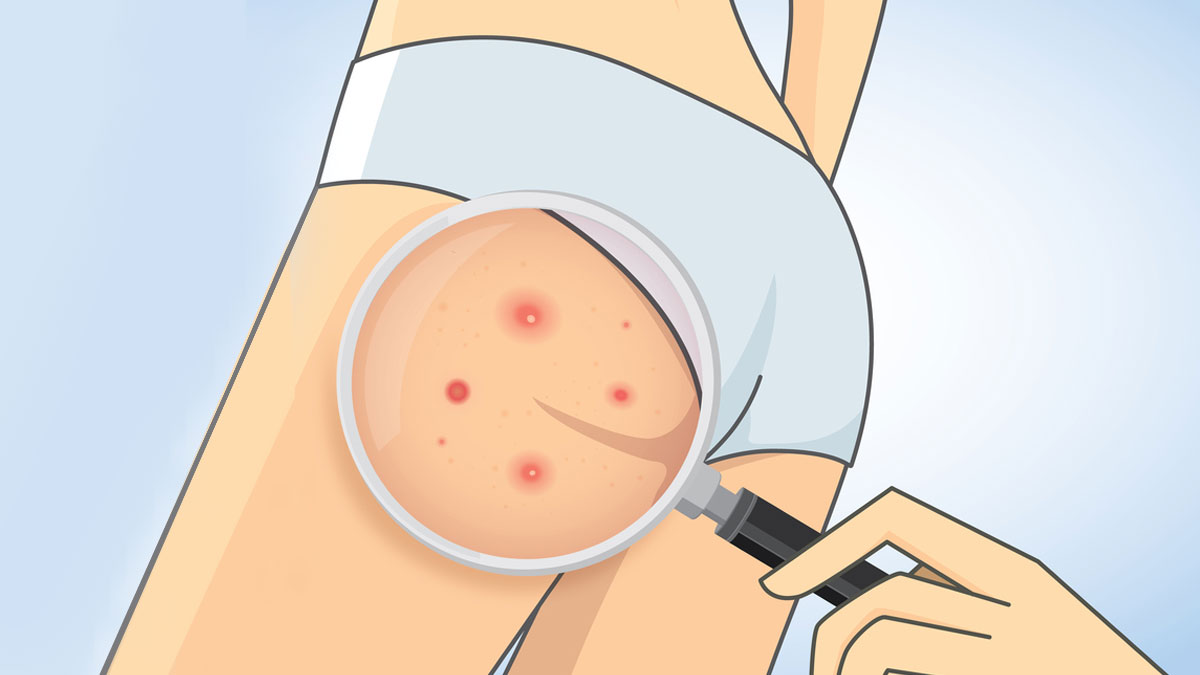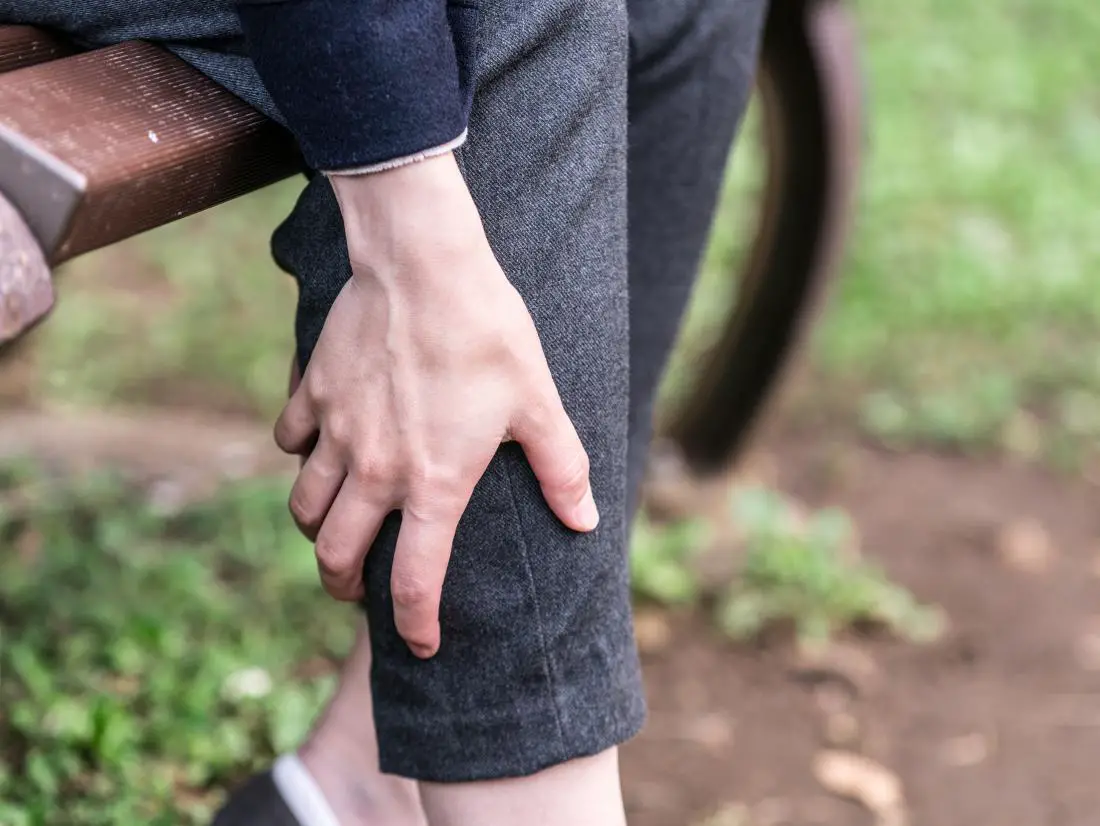Aloe Vera for Keratosis Pilaris: Beauticians' Guide to Glowing Skin
As a beautician, understanding the complexities of skin conditions like keratosis pilaris is crucial. This common skin concern, often appearing as rough, bumpy patches, can be a source of frustration for many clients. However, there's a natural remedy that holds promise: aloe vera for keratosis pilaris. Renowned for its soothing and healing properties, aloe vera can be a game-changer in your skincare arsenal. In this article, we'll explore how aloe vera can benefit those with keratosis pilaris and how you, as a beautician, can incorporate it into your skincare treatments.

Understanding Keratosis Pilaris
Keratosis pilaris is a benign skin condition characterized by small, rough bumps, usually found on the upper arms, thighs, cheeks, or buttocks. These bumps are often mistaken for acne but are actually caused by a buildup of keratin, a protein that protects the skin from infections and harmful substances. When keratin clogs hair follicles, it results in the formation of these rough patches. While it's not harmful, keratosis pilaris can be a cosmetic concern, especially for clients seeking smooth, flawless skin.
For more detailed information on keratosis pilaris, you can visit DermNet NZ.
The Power of Aloe Vera
Aloe vera is a succulent plant that has been used for centuries for its medicinal properties. It's rich in vitamins, enzymes, minerals, and amino acids, making it a powerful ally for skin health. Aloe vera's soothing properties can reduce inflammation and redness, while its moisturizing effect helps soften and smooth the skin, making it a perfect candidate for treating keratosis pilaris.
Incorporating aloe vera into your skincare treatments can provide a natural and effective way to manage keratosis pilaris. Its ability to hydrate the skin without clogging pores makes it suitable for all skin types, including sensitive skin.
How to Use Aloe Vera for Keratosis Pilaris
To harness the benefits of aloe vera for keratosis pilaris, you can follow these steps:
- Extract Fresh Aloe Vera Gel: If possible, use fresh aloe vera gel directly from the plant. Simply cut a leaf, scoop out the gel, and apply it to the affected areas.
- Regular Application: Encourage clients to apply aloe vera gel twice daily, especially after showering when the skin is most receptive to absorption.
- Combine with Other Remedies: Aloe vera can be combined with other natural remedies like coconut oil or apple cider vinegar to enhance its efficacy. Learn more about these combinations in our article on Coconut Oil for Keratosis Pilaris.
Benefits of Aloe Vera for Skin
Using aloe vera for keratosis pilaris offers numerous benefits:
- Reduces Redness and Inflammation: Aloe vera's anti-inflammatory properties help soothe irritated skin and reduce redness associated with keratosis pilaris.
- Moisturizes and Softens: The gel penetrates the skin to hydrate and soften rough patches, improving the skin's overall texture.
- Promotes Skin Renewal: Aloe vera supports the skin's natural healing process, encouraging the turnover of skin cells and reducing the appearance of bumps.
For additional tips on managing keratosis pilaris, check out our article on Home Remedies.

Conclusion
As a beautician, offering natural solutions like aloe vera for keratosis pilaris can set you apart and provide clients with effective, gentle treatment options. By understanding the condition and incorporating aloe vera into your skincare routines, you can help clients achieve smoother, healthier skin. Always remember to tailor treatments to individual skin types and needs for the best results.
FAQs
Q1: Can aloe vera completely cure keratosis pilaris?
A1: While aloe vera can significantly improve the appearance of keratosis pilaris, it may not completely cure it. Consistent use can help manage symptoms and enhance skin texture.
Q2: How long does it take to see results with aloe vera?
A2: Results can vary, but many individuals notice improvements in skin texture within a few weeks of regular application.
Q3: Are there any side effects of using aloe vera on the skin?
A3: Aloe vera is generally safe for most skin types. However, it's always advisable to perform a patch test before applying it broadly to ensure there's no allergic reaction.

